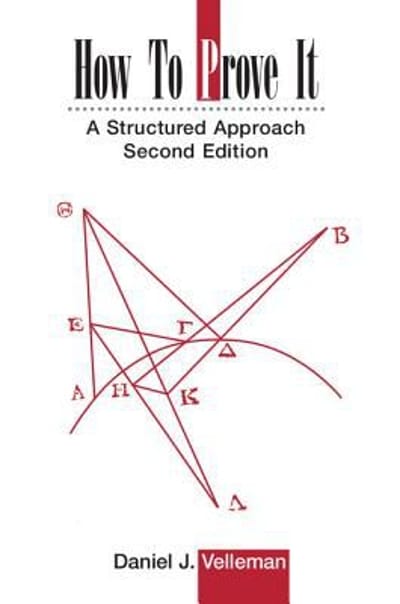Question
1. Why do we avoid the term positive predictive value in this book? 2. What is the relationship between the proportion of true As and
1. Why do we avoid the term positive predictive value in this book?
2. What is the relationship between the proportion of true As and the proportion of false As?
3. Interpret the proportion of true As and the proportion of false As.
4. Use the term "diagonal elements of the contingency table" to define (i) accuracy and (ii) overall error rate
5. Express in your own words how we interpret the following measures: a. D-sensitivity, where D represents the denied class in the Loans problem b. False D rate c. Proportion of true Ds d. Proportion of false Ds
Step by Step Solution
There are 3 Steps involved in it
Step: 1

Get Instant Access to Expert-Tailored Solutions
See step-by-step solutions with expert insights and AI powered tools for academic success
Step: 2

Step: 3

Ace Your Homework with AI
Get the answers you need in no time with our AI-driven, step-by-step assistance
Get Started


